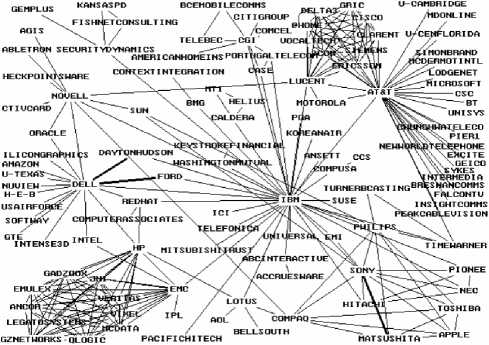Figure 1 : Innovation Networks in the Computer Industry

Source: Tomlinson (1999)
Figure 1:
(‘innovation networks’) may arise simultaneously due to gains from specialization.
As in Grossman and Helpman (1991), in our model firms enter the market by buying the blue-
prints of horizontally differentiated products developed by independent labs. These are perfectly
competitive and finance their R&D activities in a perfect capital market. While blueprints are pro-
tected by infinitely lived patents, technological knowledge is not fully appropriable giving rise to
learning externalities that reduce the cost of R&D as experience in production cumulates through
time. Differently from Grossman and Helpman (1991) but in the wake of the static model of Gross-
man and Helpman (2002), in our model production processes come in two types: vertically inte-
grated and fragmented. These processes are split in two stages: upstream intermediate production
and downstream final assembly. Integrated production as well as each stage of fragmented pro-
duction require their own blueprints. Hence, firms enter the market as vertically integrated firms,
intermediate suppliers and final assemblers by buying the corresponding blueprints. There are no
economies of scope in innovation, so upstream and downstream blueprints are created independently.
More intriguing information
1. The name is absent2. A Study of Prospective Ophthalmology Residents’ Career Perceptions
3. Licensing Schemes in Endogenous Entry
4. ARE VOLATILITY EXPECTATIONS CHARACTERIZED BY REGIME SHIFTS? EVIDENCE FROM IMPLIED VOLATILITY INDICES
5. The economic value of food labels: A lab experiment on safer infant milk formula
6. THE WAEA -- WHICH NICHE IN THE PROFESSION?
7. Apprenticeships in the UK: from the industrial-relation via market-led and social inclusion models
8. Review of “From Political Economy to Economics: Method, the Social and Historical Evolution of Economic Theory”
9. The name is absent
10. The Impact of Hosting a Major Sport Event on the South African Economy